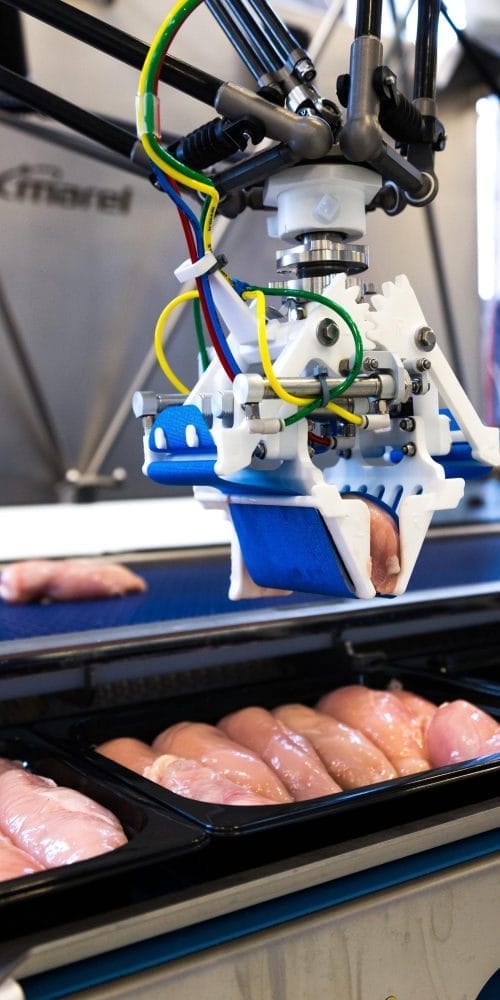Through close collaboration with our customers, strategic partnerships with leading tech platforms and the innovative solutions we develop, we bridge the gap between business needs and IT. This enables IT to respond quickly and effectively to the ambitions of the business. Find out how our approach leads to success in practice in the following customer cases.
Cases
Challenge us!
Replace outdated systems, automate and digitize business processes, and accelerate innovation with smart technologies. We offer the expertise and support to future-proof your business.












